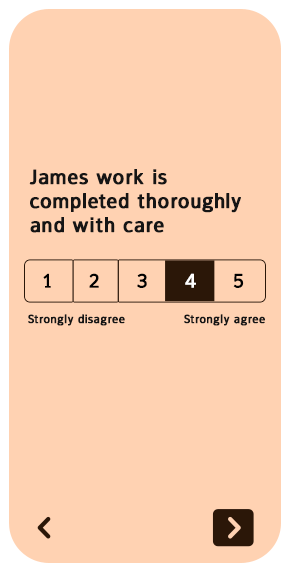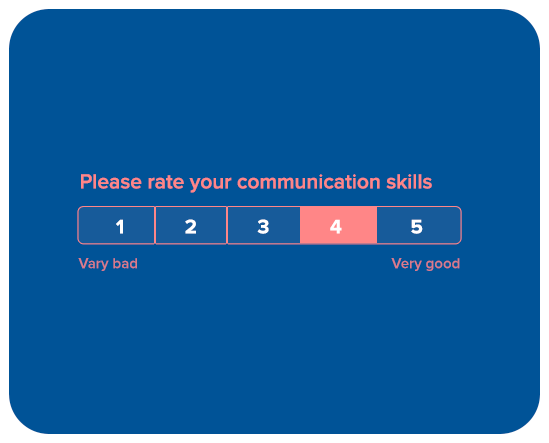How Does Our 360-Degree Review Process Work?
A 360-degree review, also known as a multi-rater feedback assessment, is a comprehensive evaluation that gathers feedback from various sources, including supervisors, peers, subordinates, and even self-assessment. The process provides a 360-degree view of an employee's strengths, areas for improvement, and overall performance. Unlike traditional top-down appraisals, our 360-degree review process offers a well-rounded evaluation, considering diverse perspectives that contribute to a more accurate and fair assessment.
- Selection of Raters: Employees, along with their managers, select a group of raters who will provide feedback on their performance. These raters typically include peers, team members, direct reports, and sometimes even external stakeholders or clients.
- Anonymous Feedback: To ensure confidentiality and encourage honest feedback, raters provide their assessments anonymously. This anonymity fosters a safe environment for open and constructive criticism.
- Customized Questionnaires: Each rater completes a customized questionnaire tailored to the employee's role and responsibilities. The questions are thoughtfully designed to assess various competencies, skills, and behaviors relevant to the employee's job function.
- Feedback Collection and Analysis: Our HR team collects and analyzes the feedback received from all raters. The responses are compiled into a comprehensive report that highlights the employee's strengths and areas for improvement.
- Feedback Discussion: Following the analysis, managers meet with their employees to discuss the feedback and formulate actionable development plans. These discussions are designed to be constructive and supportive, emphasizing growth opportunities rather than punitive measures.








